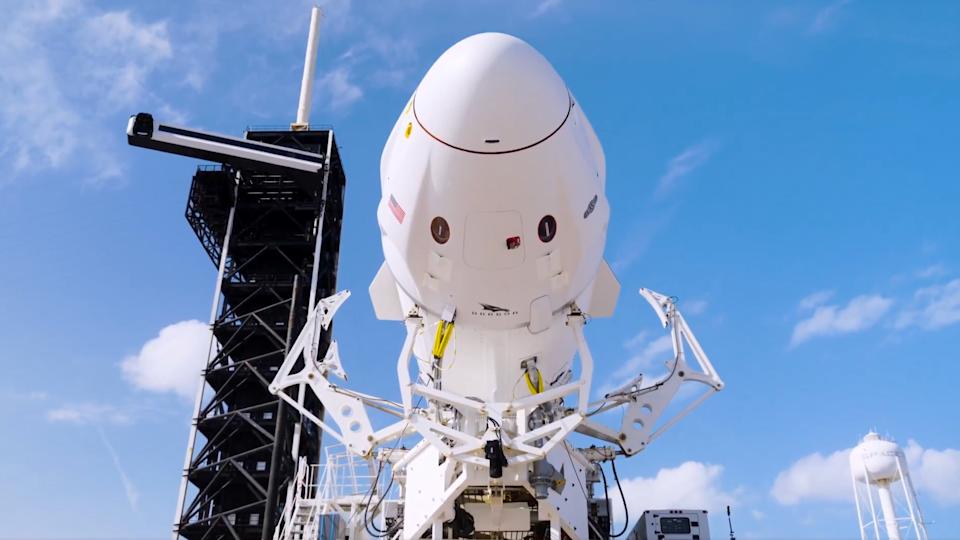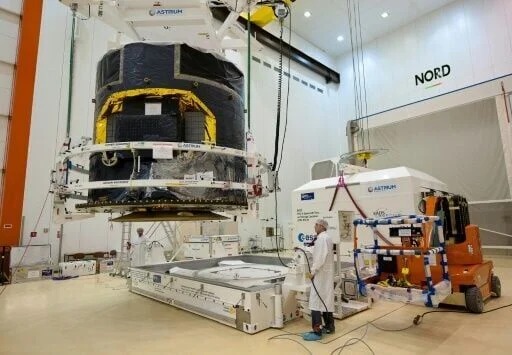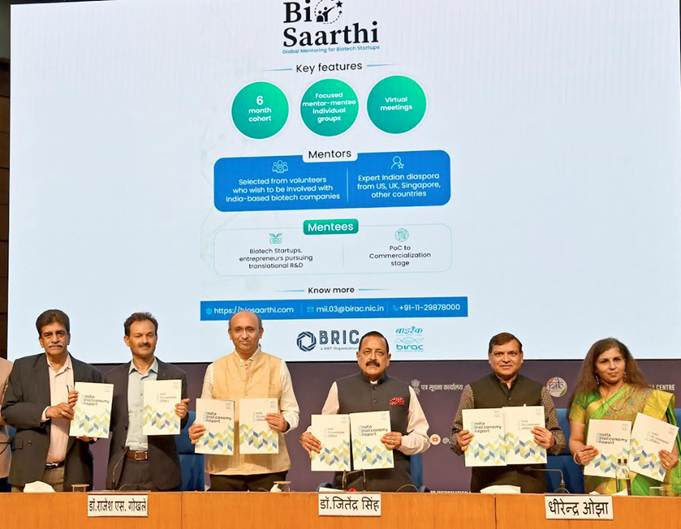
The Fram2 mission from SpaceX reached the remarkable achievement of operating the inaugural flight carrying human passengers in orbital space from one pole to another. A Falcon 9 rocket launched the civilian crew from Kennedy Space Center into a 90-degree polar orbit where they will spend 3 to 5 days completing research that includes the initial space x-ray alongside microgravity mushroom and other experiments.
Launch Details & Orbital Path
-
The mission will launch on March 31, 2025 at 9:46 PM (ET).
-
The launch occurred from Kennedy Space Center in Florida.
-
Vehicle: Crew Dragon Resilience atop a Falcon 9 rocket.
-
This spacecraft enters orbit ninety degrees above the horizon from the Earth's surface while flying at an altitude of 267 miles (430 km).
-
Duration: 3 to 5 days, with each orbit lasting 46 minutes.
Historic Firsts Achieved
-
First human spaceflight to traverse Earth’s poles.
-
First-ever x-ray taken in space.
-
The mission tried cultivating mushrooms while floating in weightlessness for the first time.
-
First SpaceX Dragon crew recovery on the U.S. West Coast.
Mission Crew & Roles
|
Astronaut |
Role |
Background |
|
Chun Wang |
Mission Commander |
Maltese Cryptocurrency Entrepreneur |
|
Jannicke Mikkelsen |
Vehicle Commander |
Norwegian Film Director & Cinematographer |
|
Rabea Rogge |
Pilot |
German Robotics Researcher |
|
Eric Philips |
Mission Specialist & Medical Officer |
Australian Polar Adventurer |
Scientific Research & Experiments
-
The crew successfully executed the initial X-ray scanning procedures for human physiology under weightless conditions.
-
The investigation examines how space exploration affects human muscles together with the skeletal system.
-
Growing mushrooms in space as a potential food source.
-
A special vantage allowed scientists to monitor atmospheric processes happening on Earth.
Landing & Recovery
-
Estimated Return: April 4-5, 2025 (TBD).
-
Landing Site: Pacific Ocean, off the Southern California coast.
-
Capsule Reuse: Crew Dragon Resilience on its fourth flight.
Conclusion:
The mission known as Fram2 represents a major advancement for space exploration because it extends scientific progress and enhances human space exploration capacity. The mission establishes new standards that will support deep-space exploration and commercial space flight through its implementation of both polar orbital delivery and innovative scientific studies.



 Gaia Space Observatory: Achievements and Shutdown
Gaia Space Observatory: Achievements and Shutdown ChatGPT’s viral Studio Ghibli-style images highlight AI copyright concerns
ChatGPT’s viral Studio Ghibli-style images highlight AI copyright concerns Bellatrix Aerospace Partners with Astroscale Japan for Space Debris Removal
Bellatrix Aerospace Partners with Astroscale Japan for Space Debris Removal DBT Advances TB Genomic Sequencing: A Step Towards Eliminating Tuberculosis in India
DBT Advances TB Genomic Sequencing: A Step Towards Eliminating Tuberculosis in India India's Bio-Economy: A 16-Fold Growth in a Decade
India's Bio-Economy: A 16-Fold Growth in a Decade Nanoparticle-Based Security Ink: A Breakthrough in Anti-Counterfeiting
Nanoparticle-Based Security Ink: A Breakthrough in Anti-Counterfeiting AI Appu: Transforming Early Childhood Education in India
AI Appu: Transforming Early Childhood Education in India Cyber Crime Prevention in India: Strategies, Laws, and Initiatives
Cyber Crime Prevention in India: Strategies, Laws, and Initiatives Vigyan Dhara Scheme: Boosting India’s Scientific Research & Innovation
Vigyan Dhara Scheme: Boosting India’s Scientific Research & Innovation






